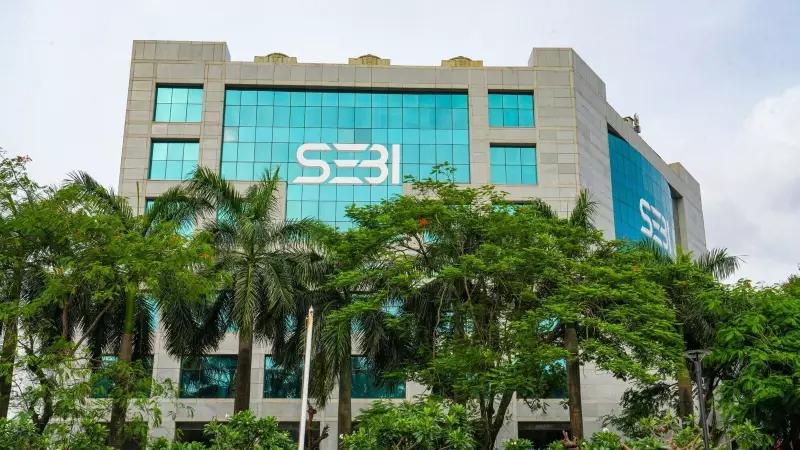
India's mutual fund industry is bracing for significant changes as market regulator SEBI proposes a major overhaul of the fee structure that could reshape profitability across the sector. The new regulations aim to rebalance the financial equation between Asset Management Companies (AMCs) and distributors, potentially creating winners and losers in the ₹50 lakh crore industry.
The Great Fee Rebalancing Act
SEBI's consultation paper suggests fundamental changes to how mutual fund houses charge expenses and compensate distributors. The proposed framework could substantially reduce margins for AMCs while providing much-needed relief to distributors who have seen their incomes squeezed in recent years.
What's Changing for AMCs?
Asset Management Companies might need to prepare for thinner margins as SEBI considers:
- Reduction in total expense ratio (TER) caps across schemes
- Separate charging of goods and services tax (GST) instead of including it within TER
- Stricter limits on expense ratios for larger fund houses
- Transparency requirements for all charges levied on investors
Distributors Get a Lifeline
For mutual fund distributors, particularly the smaller players, the new rules could bring welcome relief:
- Higher commission structures for SIP investments
- More sustainable revenue models for long-term advisory
- Level playing field between large and small distributors
- Incentives for reaching underserved markets
Industry Impact: Winners and Losers
The proposed changes could significantly impact major players like HDFC Bank, SBI Asset Management, and ICICI Prudential MF. While distributors might benefit from increased commissions, AMCs could see pressure on their profitability, potentially affecting their stock valuations.
Market analysts suggest that the changes could lead to:
- Consolidation among smaller AMCs facing margin pressure
- Increased competition among distributors
- Potential benefits for investors through lower costs
- Shift in business models for large distribution networks
What This Means for Investors
For the millions of Indians investing through SIPs and lump sums, the regulatory changes could bring both advantages and considerations:
Potential benefits include: lower expense ratios over time, more transparent fee structures, and possibly better advisory services as distributors get compensated fairly.
Areas to watch: possible reduction in scheme choices if smaller AMCs struggle, and changes in the quality of distributor advice as compensation models shift.
The Road Ahead
SEBI's consultation process is ongoing, with industry stakeholders providing feedback on the proposed changes. The final regulations are expected to be implemented in phases, giving AMCs and distributors time to adapt their business models.
The mutual fund industry, which has seen phenomenal growth in recent years with SIP contributions crossing ₹19,000 crore monthly, now stands at a crossroads. How these changes will ultimately shape the landscape remains to be seen, but one thing is clear: the era of easy margins for AMCs might be coming to an end.





